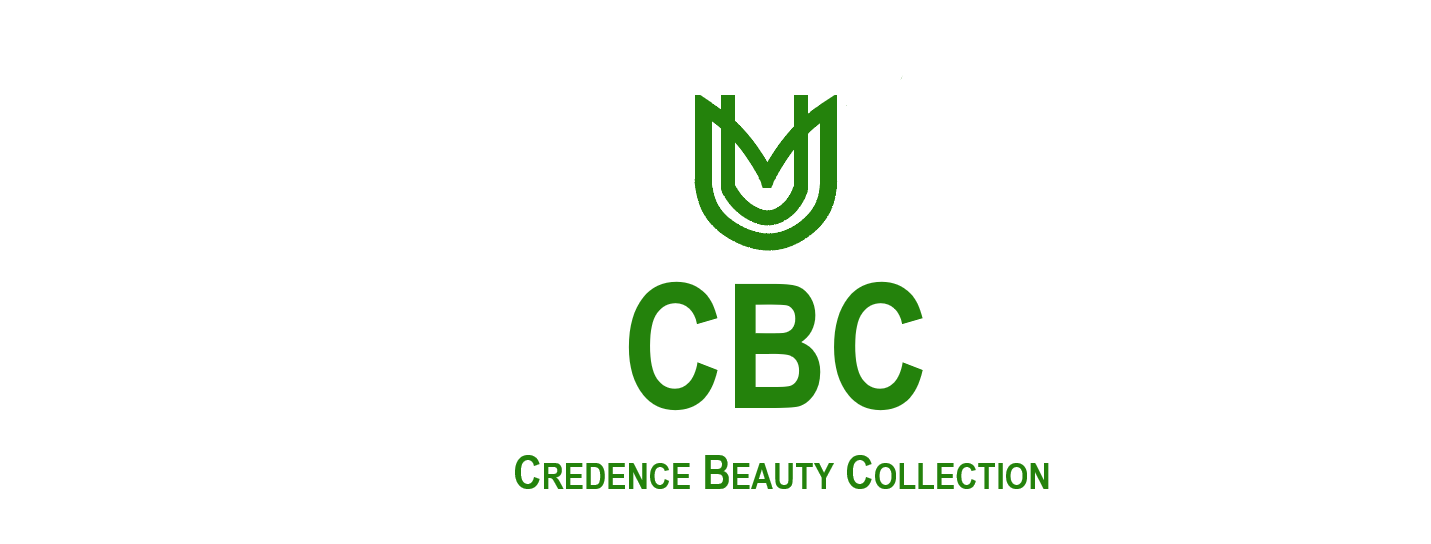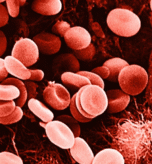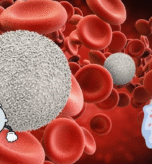Beauty standards have long been a driving force in shaping societal perceptions and individual self-esteem. However, these standards often perpetuate social inequality, affecting marginalized groups disproportionately. The impact of beauty standards on social inequality is multifaceted, influencing various aspects of life, from employment opportunities to mental health.
The Construction of Beauty Standards
Beauty standards are culturally constructed, reflecting the values and norms of a particular society. In many cultures, beauty is associated with physical characteristics such as fair skin, straight hair, and thin body types. These standards are often perpetuated through media representation, advertising, and social media platforms, reinforcing the notion that certain physical attributes are more desirable than others.
Impact on Marginalized Groups
The impact of beauty standards on marginalized groups is particularly significant. For instance:
- Racial and ethnic minorities: Beauty standards often prioritize Eurocentric features, leading to exclusion and marginalization of individuals with diverse physical characteristics. This can result in internalized racism, low self-esteem, and a sense of inadequacy.
- Women: Societal pressure to conform to beauty standards can lead to body dissatisfaction, eating disorders, and mental health issues. Women are often expected to adhere to unrealistic beauty standards, which can affect their self-worth and opportunities in life.
- LGBTQ+ individuals: Beauty standards can be particularly challenging for LGBTQ+ individuals, who may face pressure to conform to traditional gender norms. This can lead to feelings of isolation and exclusion.
- Individuals with disabilities: Beauty standards often prioritize physical ability and conventional attractiveness, marginalizing individuals with disabilities. This can result in social exclusion and limited opportunities.
Consequences of Beauty Standards
The consequences of beauty standards on social inequality are far-reaching. Some of the most significant effects include:
- Limited opportunities: Beauty standards can influence hiring decisions, promotions, and social opportunities. Individuals who do not conform to traditional beauty standards may face discrimination and limited career advancement.
- Mental health issues: The pressure to conform to beauty standards can lead to body dissatisfaction, low self-esteem, and mental health issues such as depression and anxiety.
- Social exclusion: Beauty standards can lead to social exclusion, as individuals who do not conform to traditional standards may be marginalized or ostracized.
- Economic disparities: The beauty industry perpetuates economic disparities, as individuals may feel pressured to spend money on beauty products and services to conform to societal standards.
Challenging Beauty Standards
Challenging traditional beauty standards is crucial to promoting social equality. Some ways to do this include:
- Diverse representation: Encouraging diverse representation in media and advertising can help challenge traditional beauty standards and promote inclusivity.
- Body positivity: Promoting body positivity and self-acceptance can help individuals develop a positive self-image and challenge societal beauty standards.
- Education: Educating individuals about the constructed nature of beauty standards can help them critically evaluate societal norms and promote social change.
- Inclusive beauty industry: Encouraging the beauty industry to adopt inclusive practices, such as offering diverse product ranges and promoting body positivity, can help challenge traditional beauty standards.
Conclusion
The impact of beauty standards on social inequality is a complex issue that affects marginalized groups disproportionately. Challenging traditional beauty standards and promoting inclusivity and diversity can help reduce social inequality and promote a more accepting and accepting society. By understanding the constructed nature of beauty standards and promoting diverse representation, body positivity, education, and inclusive practices, we can work towards a more equitable and inclusive society



